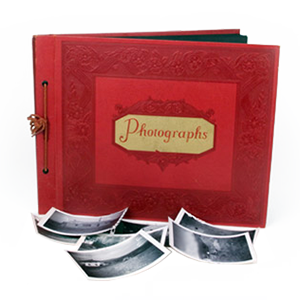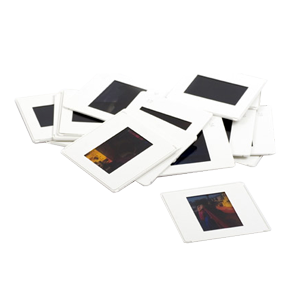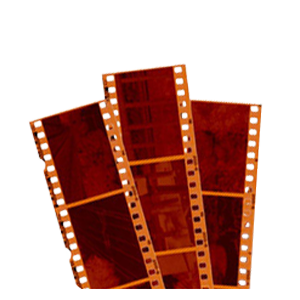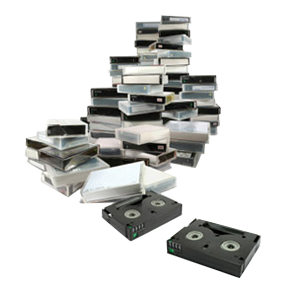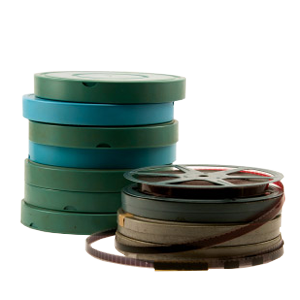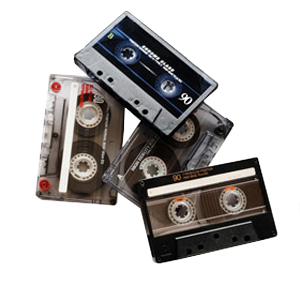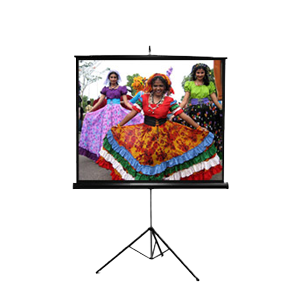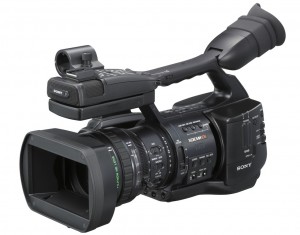There’s a first time for everything, and shooting video with a camcorder is no exception. When you first handle the camera, it can be intimidating, especially if you have no idea what the multiple knobs and switches are for. When shooting important events, it’s important to have a solid understanding of the underlying mechanics of shooting video. Don’t expect Hollywood quality shots, but over time, you’ll realize how to properly shoot video. This guide will serve as a starting point so that your videos aren’t completely unwatchable.
If you plan to shoot while remaining stationary, you should consider using a tripod, or other method of keeping the camera still during the recording process. The lack of a tripod will often result in shaky video that can often give viewers headaches or even motion sickness.
Go easy on the zoom. If one thing is common with amateur video, it’s the fact that everyone loves the zoom button. Overuse of the zoom feature will usually leave your user dizzy or disoriented. Zoom does have it’s placed when used properly, and can add a great effect to your video. Try to never zoom when you don’t need to. Instead, try to move closer to the object your attempting to film. If you physically cannot move any closer, use the zoom button lightly and slowly to prevent fast-jerking motions with the camcorder. Also if your camcorder features “digital zoom”, try to avoid that as much as possible, as it isn’t a true zoom. The camera tries to fake pixels, which end up making the image distorted and unpleasant to look at. Remember that some day you might want to transfer the tape to DVD in San Diego to hand out to family and friends!
Try to take it easy on the wide shots. While wide-shots are great for the introduction of the setting you’re in, consistant wide, long shots can be distracting, and it’s often better to focus in on the details around you to give the viewer a better grasp of what’s going on.
Another trick to make your shooting more appealing is to move around when you are recording. This is great for sports games as you can move to different parts of the field periodically to give the viewer multiple angles of the playing field. Use the bleachers and surrounding terrain to your advantage for high and low shots.
Camcorders often have built-in special effects such as night vision or sepia tone filters. Try to avoid using these features unless absolutely necessary. Watching a sequence with several different effects blasted through it can be strange, and even frustrating to watch. Make sure the nightvision is turned off during the daytime shots! Special effects are often best added during post-production with the use of video editing software.
Record the most important moments. If you’re using a camera with limited capacity of memory or tape, you should focus on capturing the most important moments of the event your recording. The last thing you want to happen is running out of tape or hard drive space at the grand finale! Always bring a backup memory card or tape just in case this does happen. If you’re camcorder is battery operated, invest in a second battery just in case you forget to charge it, or it runs out of juice in the middle of the shot.
Use widescreen shooting to your advantage. If you’re an owner of a widescreen or HDTV, be sure you’re shooting your footage in the widescreen format. Most newish models of camcorders offer to record at 4:3 or 16:9 aspect ratio to provide the best viewing experience.
Using these tips will help to alleviate some of the common woes of first-time camcorder use. Through experience you’ll start to realize what works and looks the best. Over time, you may even want to edit and transfer your video to DVD. We’re experienced in handling all kinds of video transfer services including Camcorder to DVD in Los Angeles, San Diego, and Orange County.



